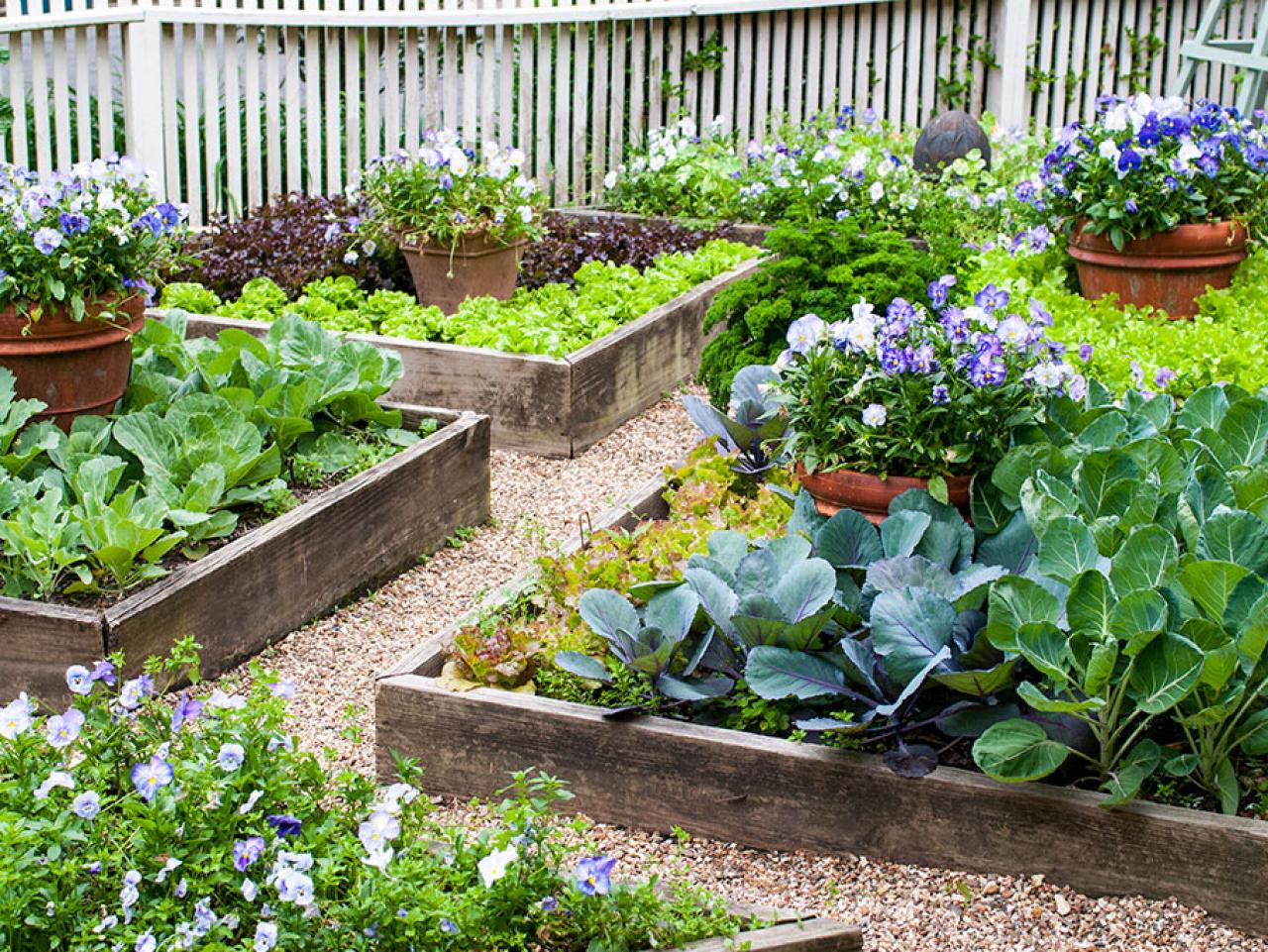Mastering Raised Bed Gardening for Vegetables

Mastering Raised Bed Gardening for Vegetables
Gardening is a rewarding hobby, and if you're looking to grow vegetables, raised bed gardening for vegetables is an excellent approach. It offers better soil control, improved drainage, and easier access to your plants. Let's dive into the world of raised bed gardening and help you master this technique.
Why Choose Raised Bed Gardening for Vegetables?
Imagine you're a plant, and you have the choice between living in a cramped, poorly drained space or a roomy, well-aerated environment with delicious, nutrient-rich soil. Which would you choose? Raised beds create that ideal growing environment, leading to healthier plants and bigger harvests.
Getting Started: Garden Bed Preparation
Before you dive into planting, you need to prepare your garden beds. First, choose a location with plenty of sunlight—veggies love the sun! Then, decide on the size and shape of your beds. Rectangular beds are popular, but feel free to get creative. Just ensure they're no wider than 4 feet, so you can reach all your plants easily.
Building Your Raised Beds
You can build your raised beds using various materials, such as wood, metal, or composite materials. Avoid pressure-treated wood, as it can leach chemicals into your raised bed soil. Once you've chosen your material, assemble your beds, ensuring they're stable and secure.
Filling Your Beds: The Best Soil for Raised Beds
The beauty of raised bed gardening for vegetables is that you control the soil. A mix of high-quality topsoil, compost, and potting soil works well. Ensure your soil is well-draining and rich in organic matter. This is the foundation of your garden, so don't skimp!
Vegetable Garden Design: Planning Your Space
Now comes the fun part—planning your vegetable garden design. Consider the size of your plants at maturity and their growing habits. Tall plants, like tomatoes, can shade smaller ones, so place them carefully. Also, think about succession planting—following one crop with another to maximize your harvest.
Choosing Your Vegetables
When selecting vegetables, consider your climate, the size of your beds, and what you like to eat. Some popular choices for raised beds include lettuce, tomatoes, peppers, cucumbers, and radishes. Don't be afraid to experiment with different varieties.
Vegetable Planting: Seeds vs. Seedlings
Should you plant seeds or seedlings? Seeds are cheaper and offer more variety, but they take longer to grow. Seedlings give you a head start but cost more. Consider your goals and available time. Remember, some vegetables, like root crops, don't transplant well and are best grown from seed.
Caring for Your Raised Bed Garden
Watering is crucial. Raised beds drain well, so they may need more frequent watering. Aim for about an inch of water per week. Mulching helps retain moisture and suppresses weeds. Use organic materials, like straw or wood chips, for best results.
Feeding Your Plants
Even with great soil, your plants need regular feeding. Organic gardening practices, like using compost tea or fish emulsion, can provide the nutrients your plants need. Side-dressing with compost or well-rotted manure also works well.
Pest and Disease Management
Pests and diseases can wreak havoc on your garden. Practice good sanitation, rotate your crops, and use physical barriers, like row covers, to deter pests. Beneficial insects can also help control pest populations. For more tips, check out this guide from Gardeners.com.
Harvesting Your Bounty
Harvesting is the best part of raised bed gardening for vegetables. Pick your veggies at their peak for the best flavor. Regular harvesting also encourages more production. Don't forget to enjoy the fruits (and veggies) of your labor!
Extending Your Growing Season
With raised beds, you can extend your growing season using row covers, cold frames, or hoop houses. These structures protect your plants from frost, allowing you to start earlier in the spring and grow later into the fall.
Maintaining Your Raised Beds
At the end of the season, clean up your beds, removing any plant debris. Add a layer of compost to replenish the soil. Every few years, consider completely replacing the soil to prevent disease buildup.
Conclusion
Raised bed gardening for vegetables is a fantastic way to grow your own food. It offers better control over your soil, improved drainage, and easier access to your plants. With a little planning and care, you can enjoy a bountiful harvest from your raised bed garden. So, what are you waiting for? Get out there and start growing!
Frequently Asked Questions
Q: How deep should my raised beds be? A: A depth of 12 to 18 inches is ideal for most vegetables.
Q: Can I grow vegetables in raised beds year-round? A: Depending on your climate, you may be able to grow cool-season crops, like spinach and kale, year-round with the help of season extension techniques.
Q: How do I keep critters out of my raised beds? A: Physical barriers, like hardware cloth or fencing, can help deter critters. You can also try repellents or motion-activated sprinklers.
Q: What if I have limited space for raised beds? A: Consider square foot gardening, which maximizes space by planting in a grid. Also, look into vertical gardening techniques to grow up, not out.
Q: How often should I replace the soil in my raised beds? A: Replacing the soil every few years can help prevent disease buildup. However, adding compost annually can also help maintain soil health.
0 Response to " Mastering Raised Bed Gardening for Vegetables"
Post a Comment